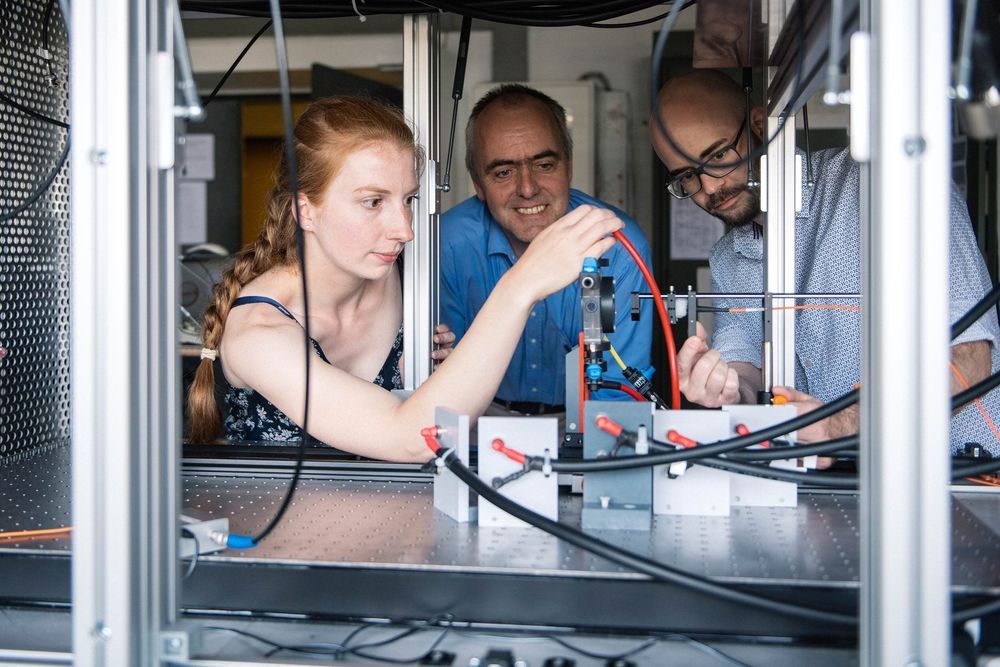“We cannot directly image what’s going on near objects like black holes and neutron stars, but studying the polarization of X-rays emitted from their surrounding environments reveals the physics of these enigmatic objects,” Paul Hertz, director of NASA’s astrophysics division, said in a statement at the time. The project, he said, “will open a new window on the universe for astronomers to peer through.”
A preliminary launch date is set for April 2021 on a Falcon 9 rocket from Launch Complex 39A in Florida. It’s unlikely it will take up the full payload of the rocket, as SpaceNews.com points out.
READ MORE: SpaceX contracted by NASA to launch black hole and neutron star research craft [TechCrunch].









